Thesis Statement
The Pleasure Fields is a park that aims to negotiate a space and time in which the queer body could exist, through illuminating the spatial language of cruising in Singapore. Building upon prior research into queer spaces within Singapore, the thesis assumes that the queer body is not constant, but contingent to its spatial and temporal context, while denoting cruising as a queer spatial practice of seeking sexual and physical connection. Thus, the project proposes a counterpoint to how the body is programmed by the state to produce a heteronormative family unit towards reproducing future citizens.
Within the urban scale, the project aims to see how architectural interventions could ally with natural site conditions, namely the topography and trees, towards creating ambiguous spatial conditions for tactical spatial negotiation. The Casuarina Equisetifolia are studied to see how they could accommodate an urban scheme that unfolds in layers across the site, with paths that undulate along the topography as the user progresses.
The individual architectural interventions then aim to illuminate the secret spatial language of cruising onto the layman through spatial devices of layering and appropriating vernacular forms into configurations that are previously known only to the cruiser. The Towers act as an increasingly sexualized signal system that pull the uninitiated cruiser deeper towards the Chalets, which deconstruct HDB housing and park infrastructure to blur the public-private threshold fundamental within cruising. Here, the bedsheet is a device of negotiation as it follows the user through twin processes of decloseting, and closeting, back into daily, Singaporean life.
Instead of presenting a utopia, the scheme endeavours to surface the present reality of queer individuals as they negotiate the closet through re-presenting familiar spatial typologies in ambiguous and non-prescriptive ways, thereby not imagining what should be, but merely reflecting what is.
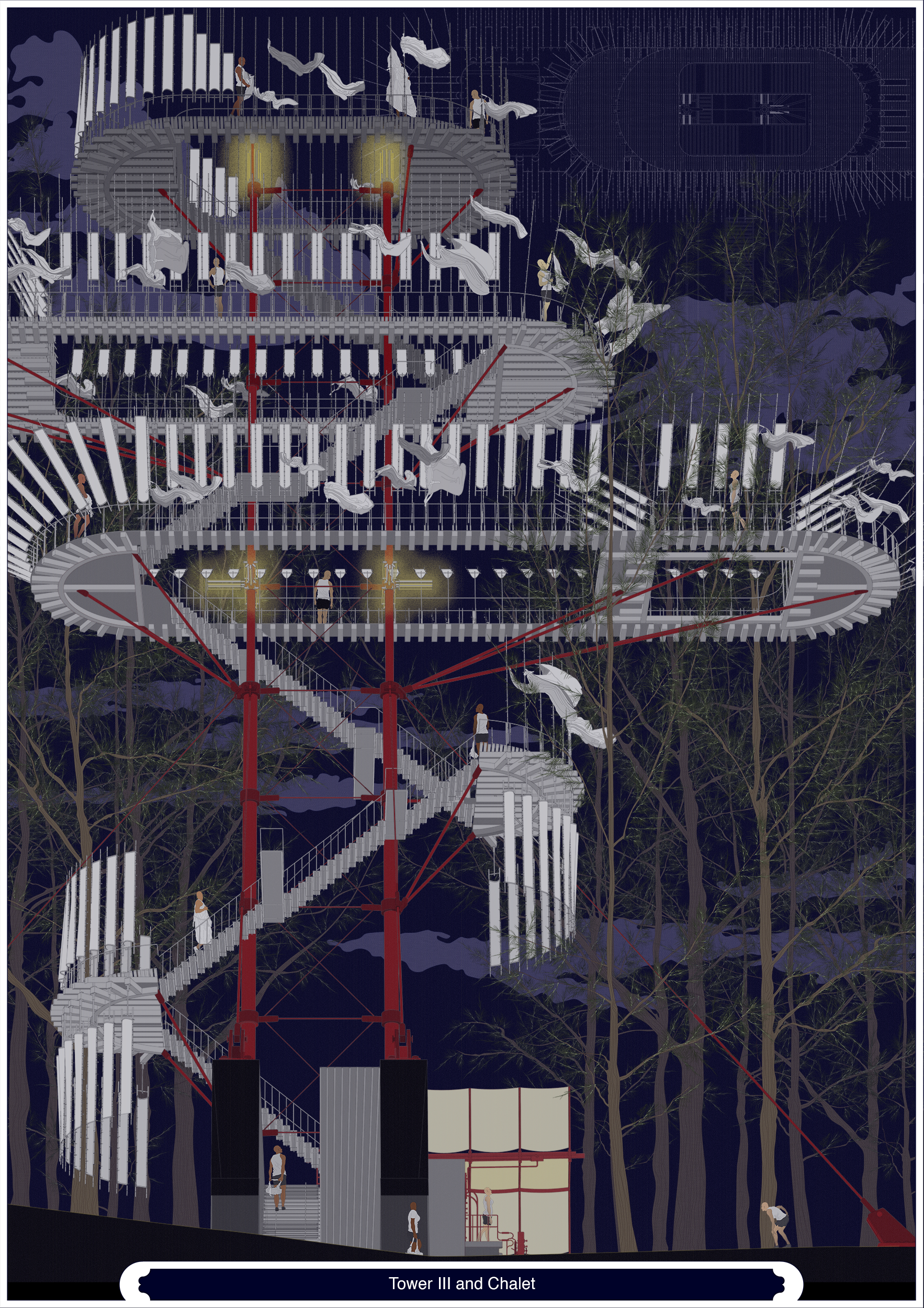
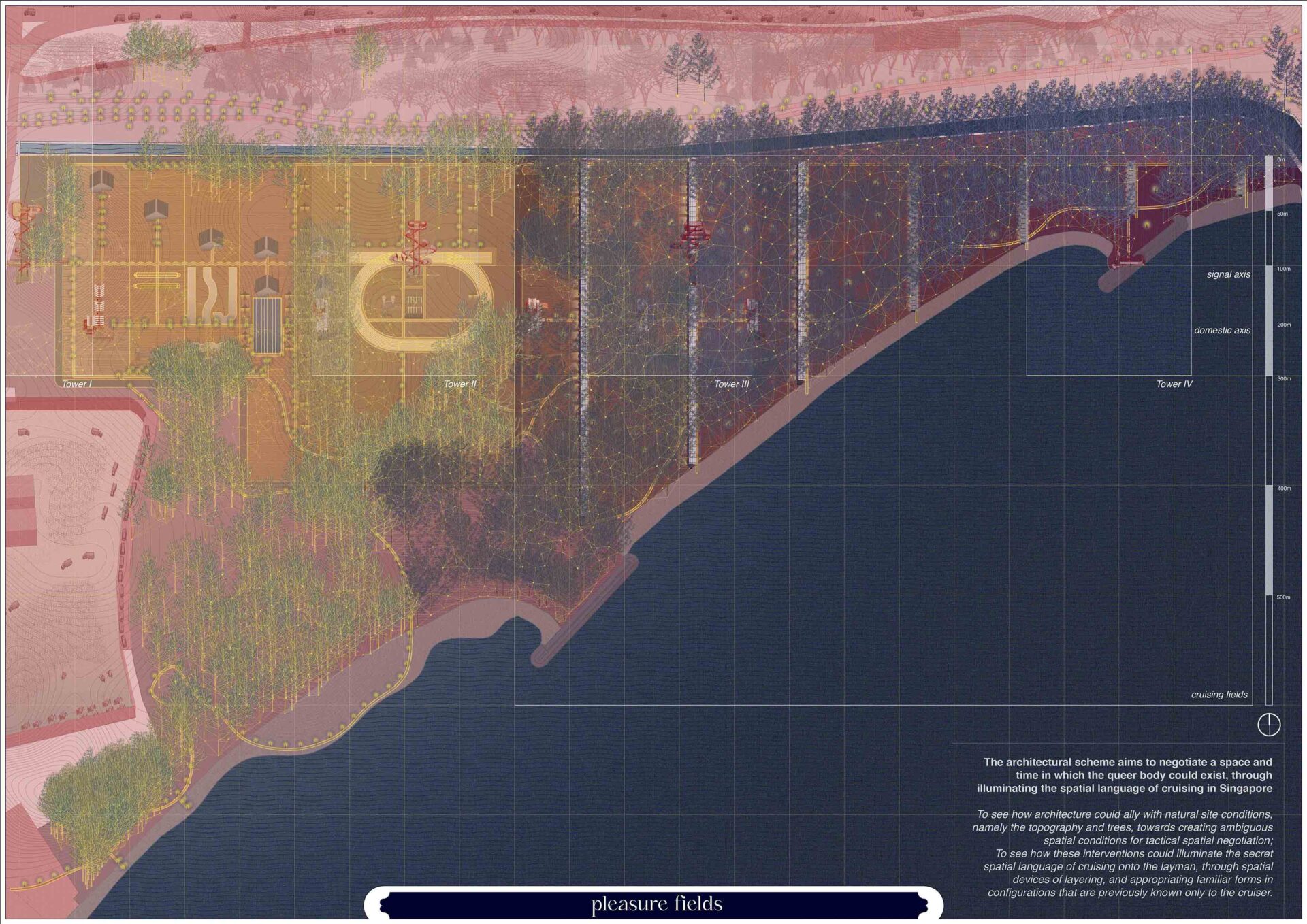
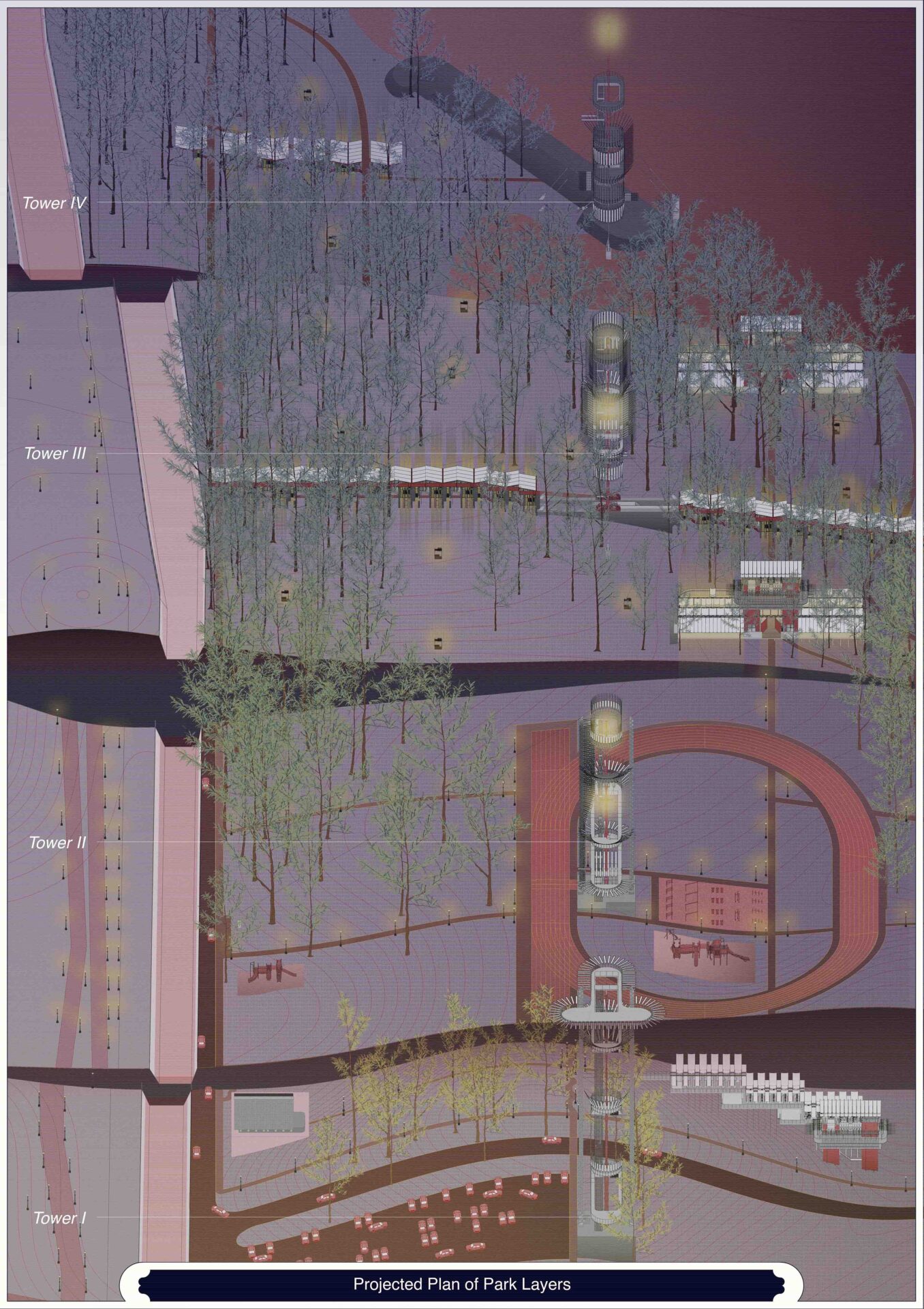

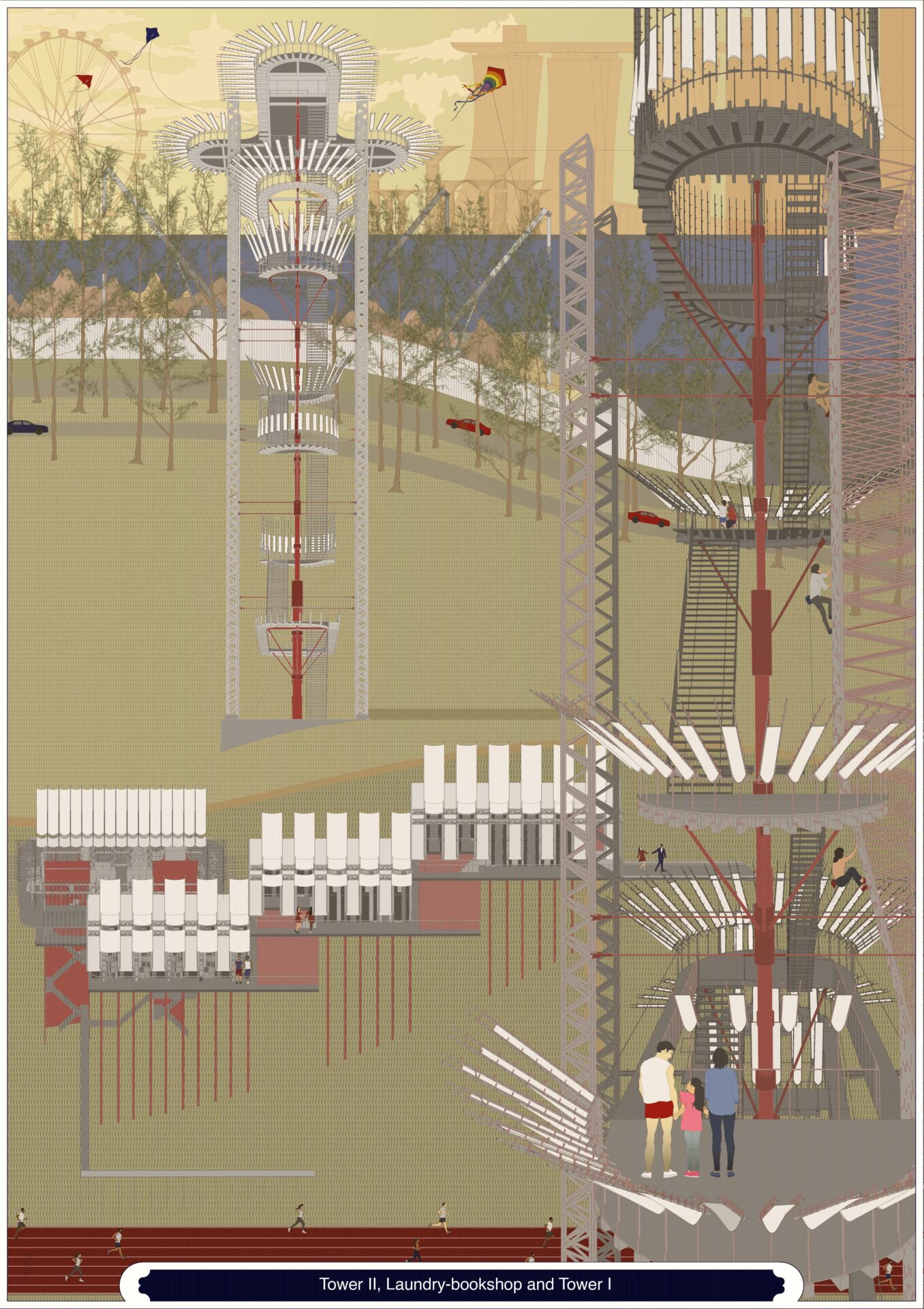
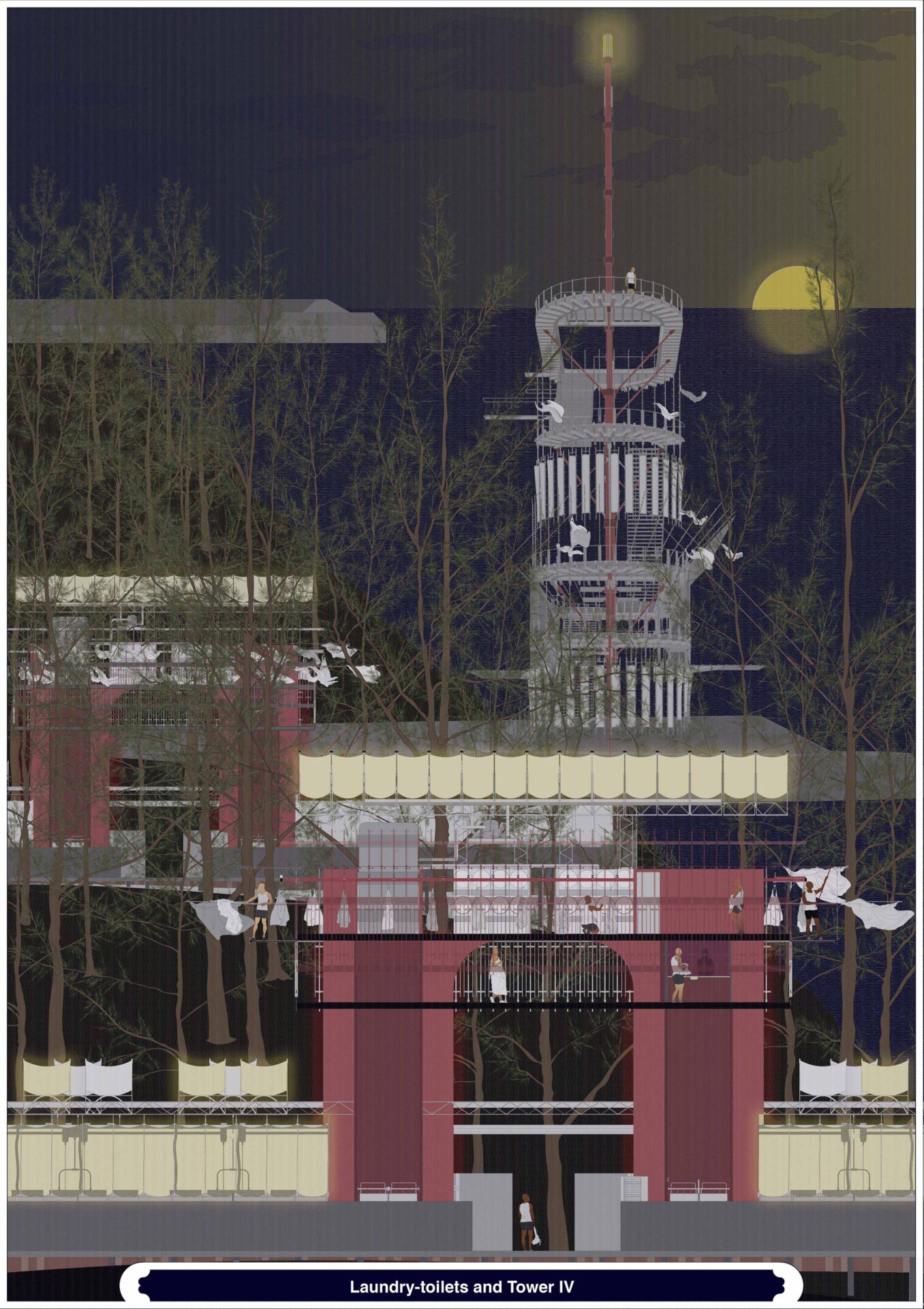
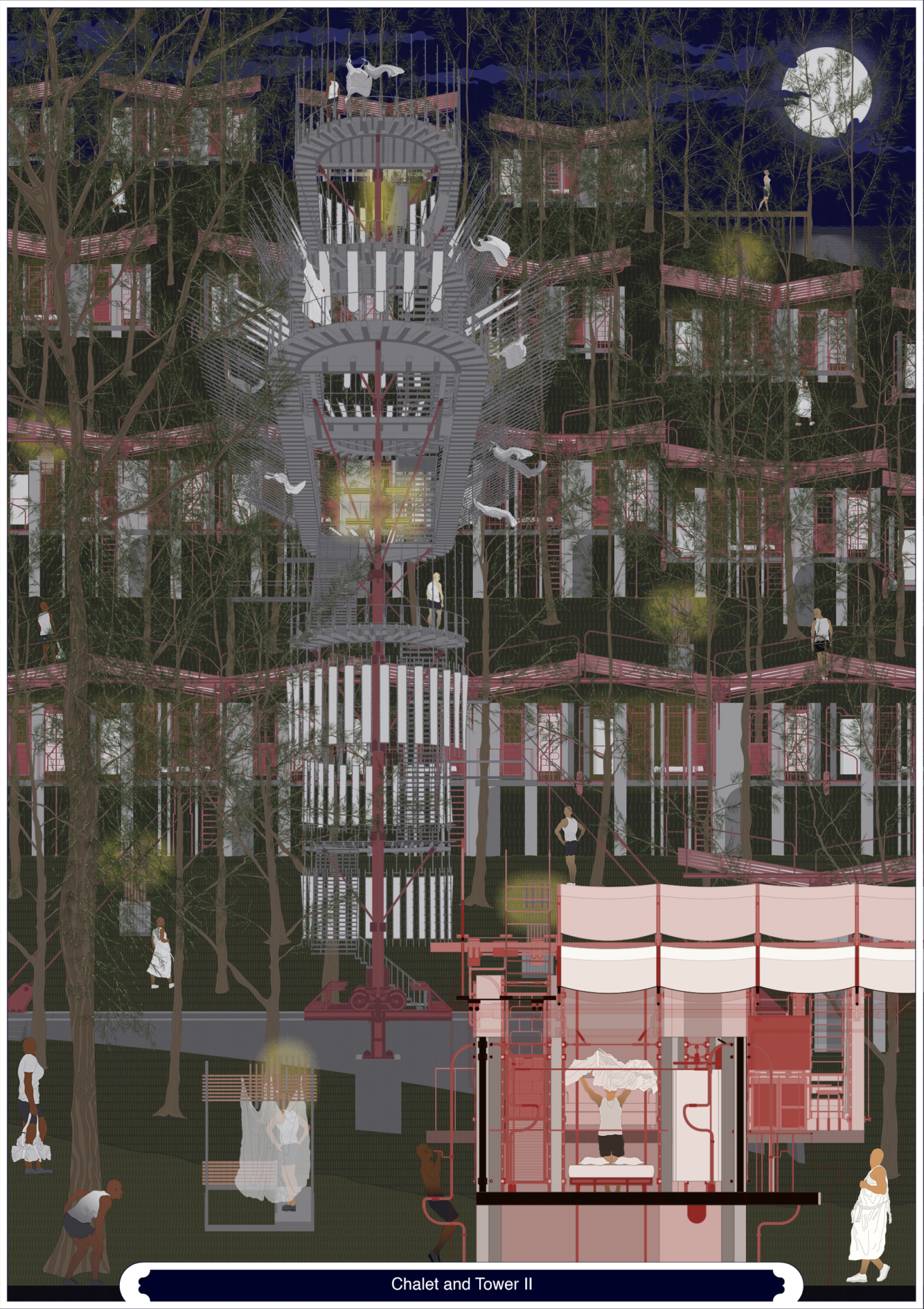
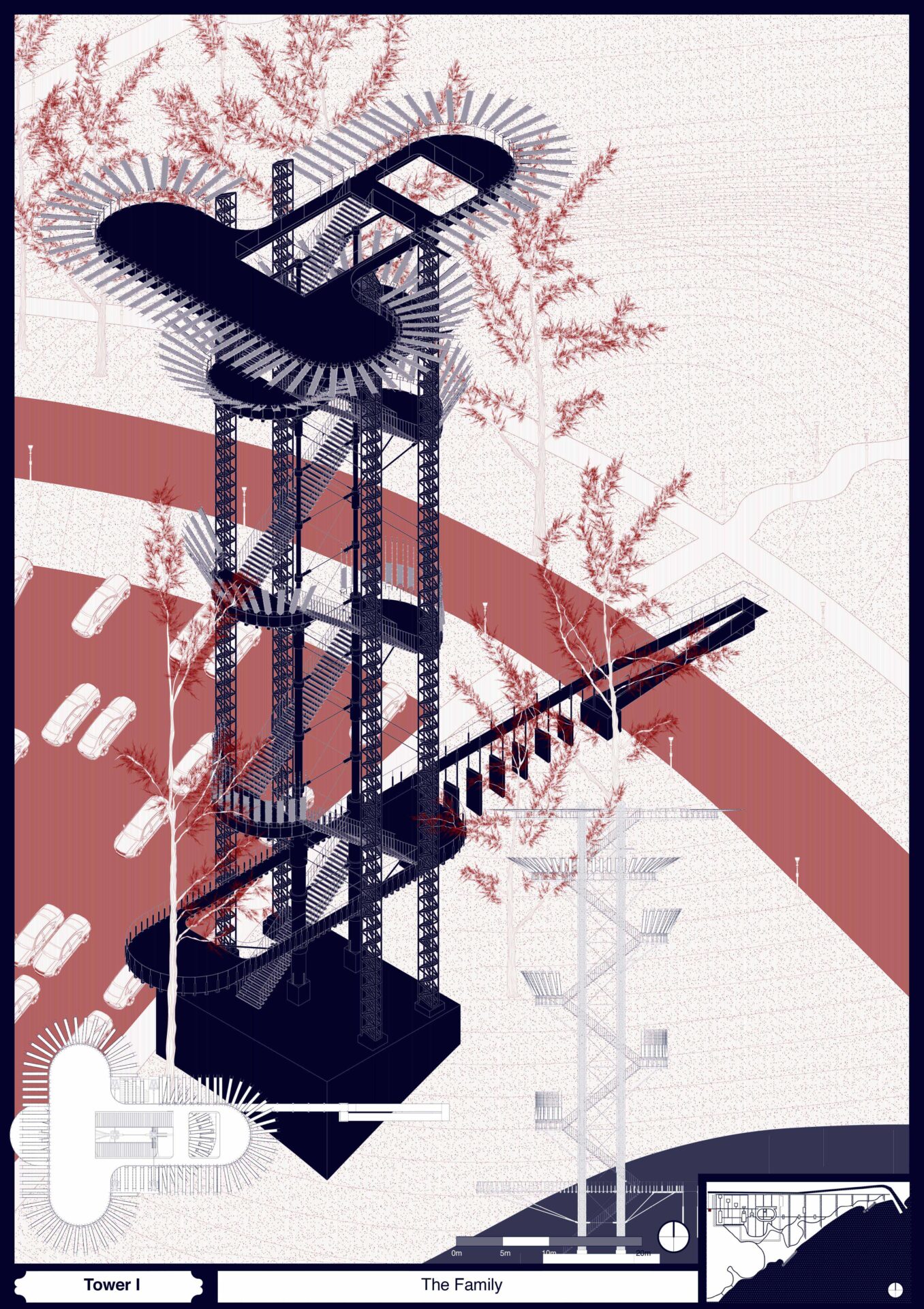
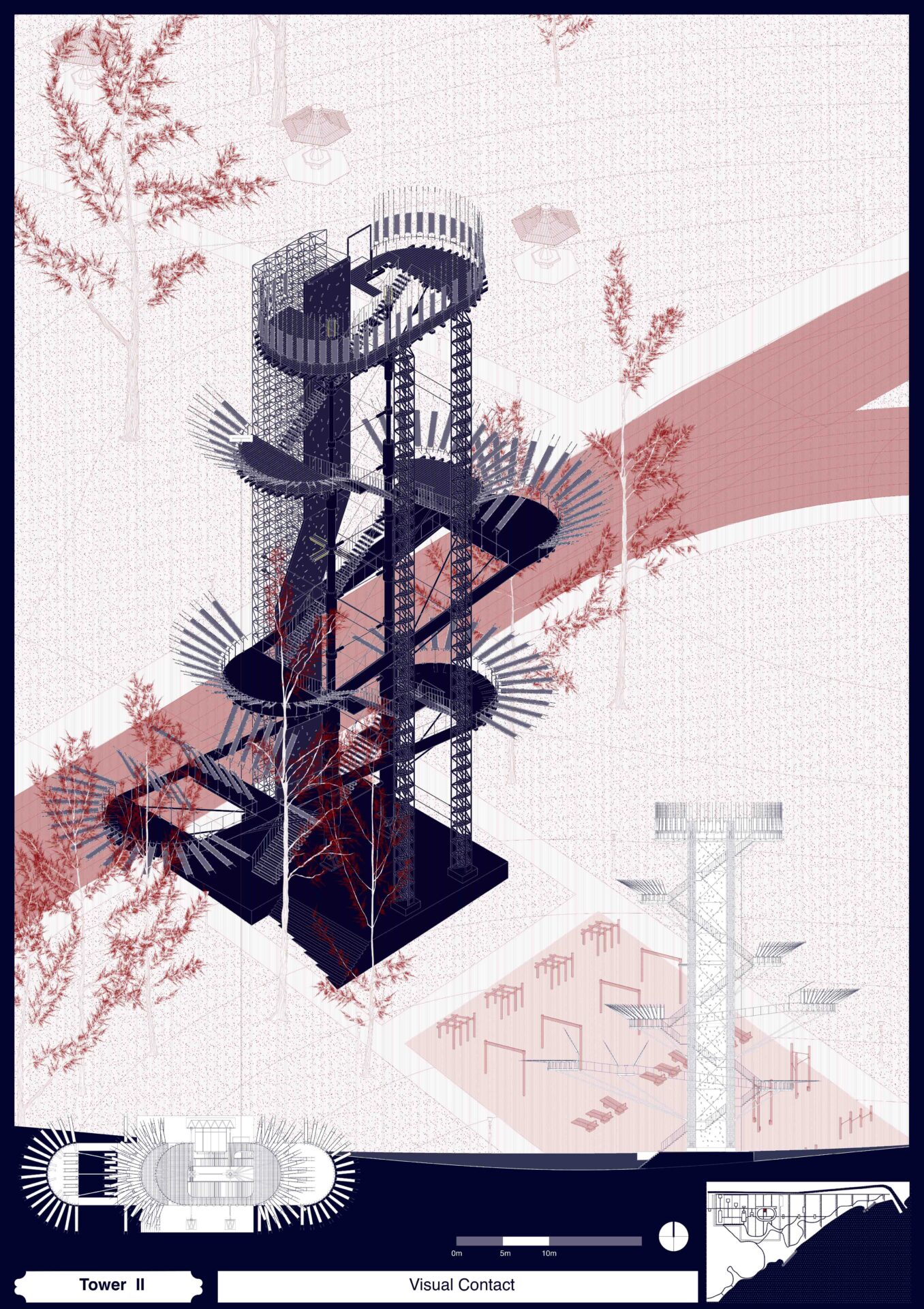
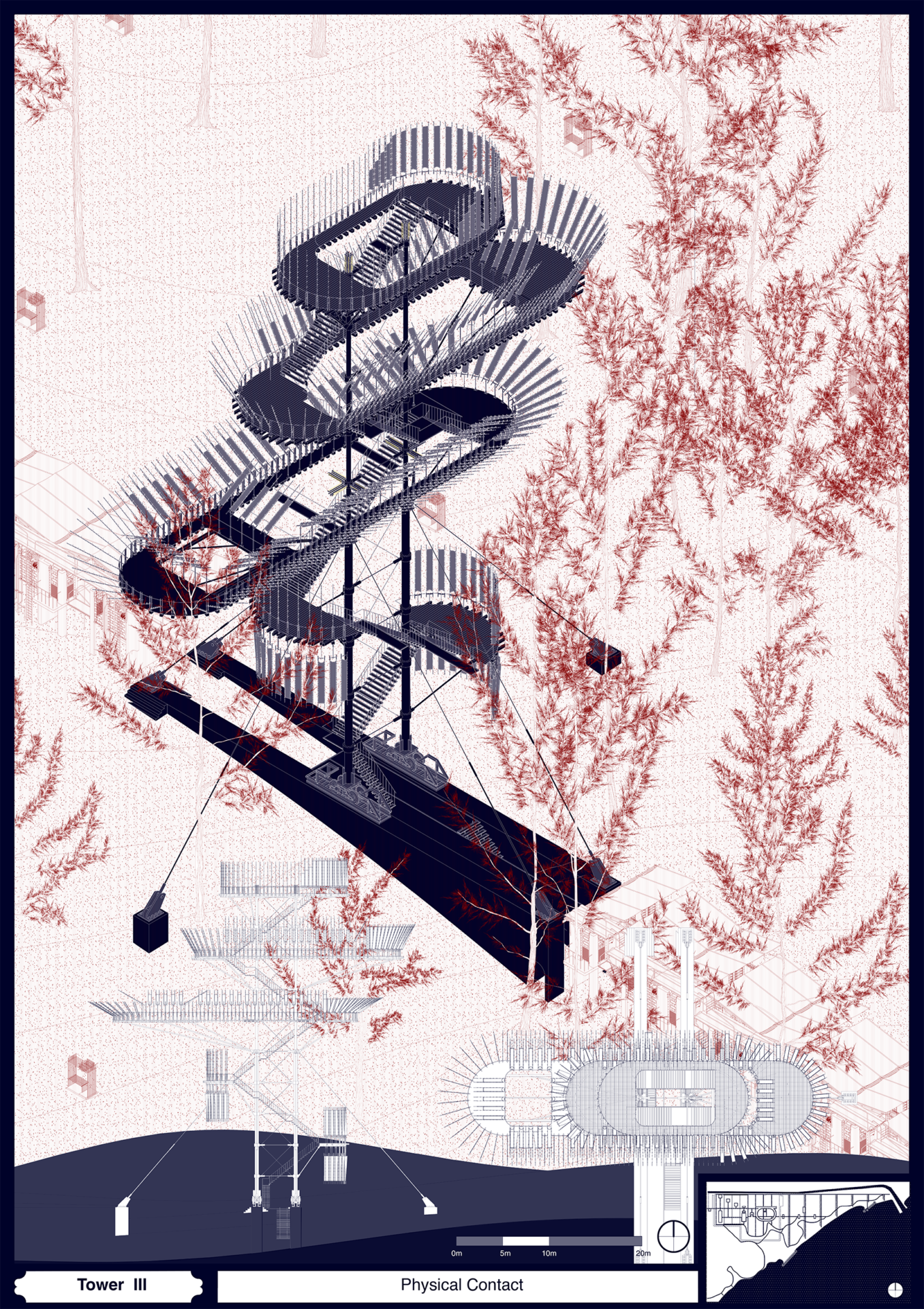
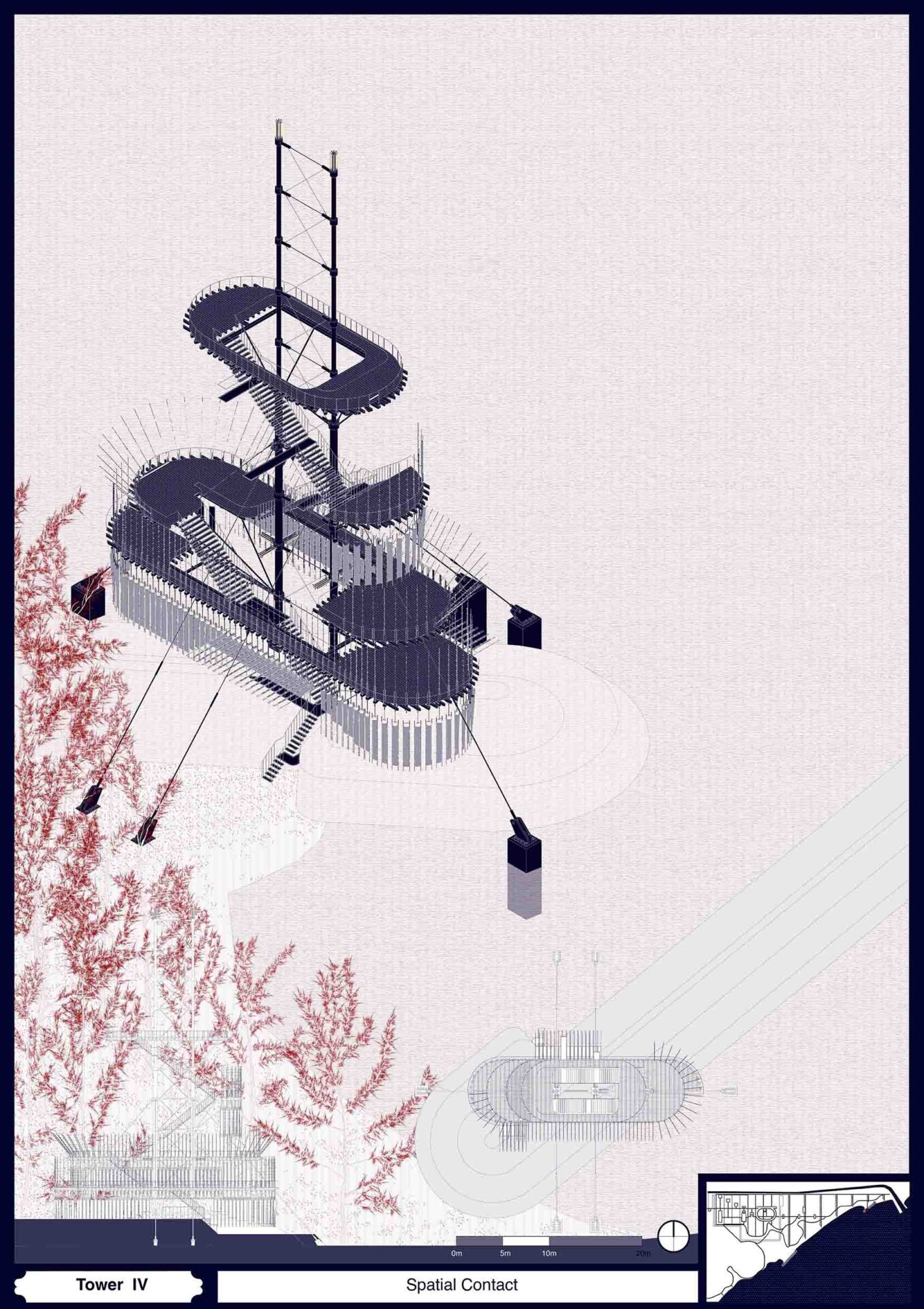
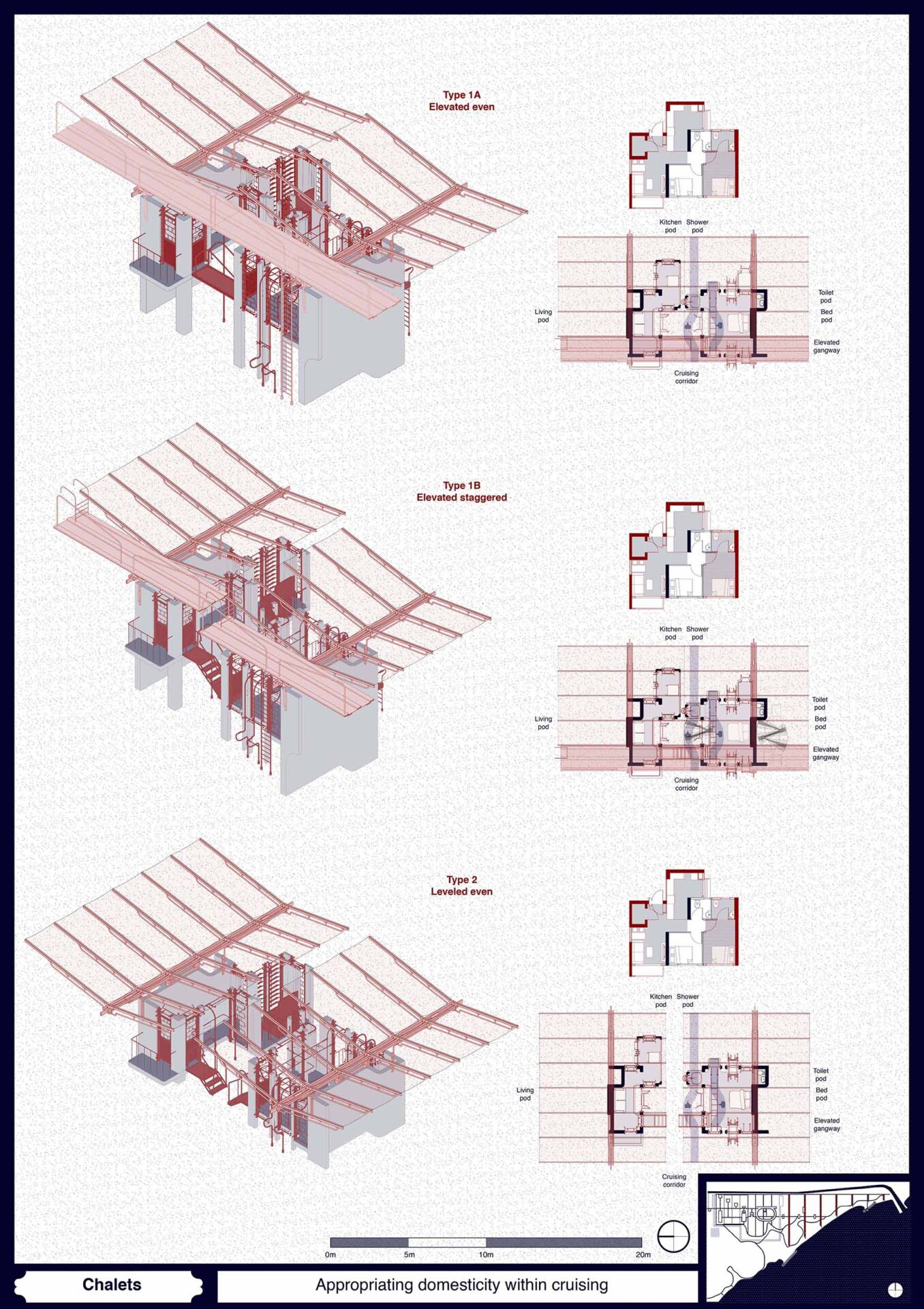
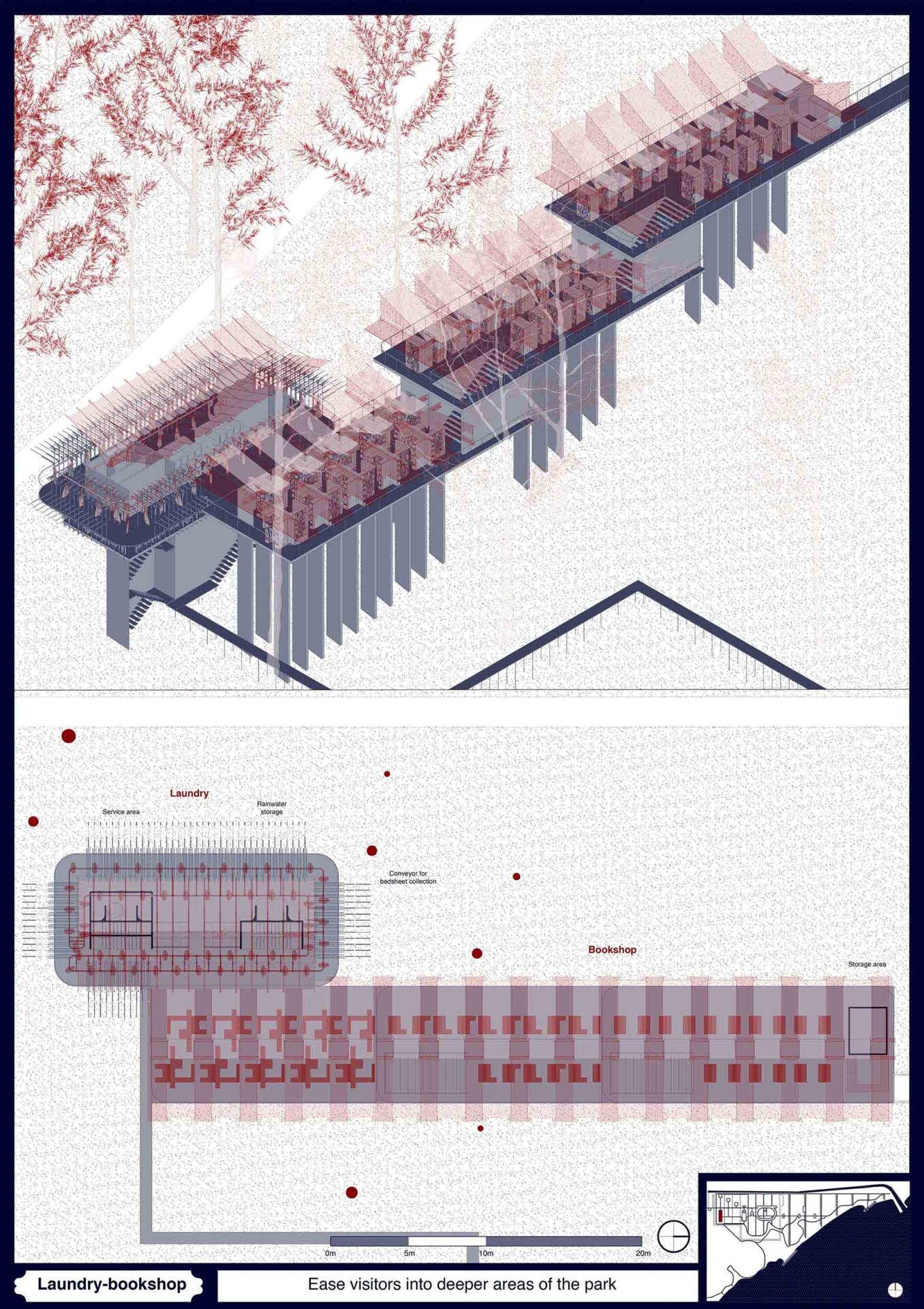
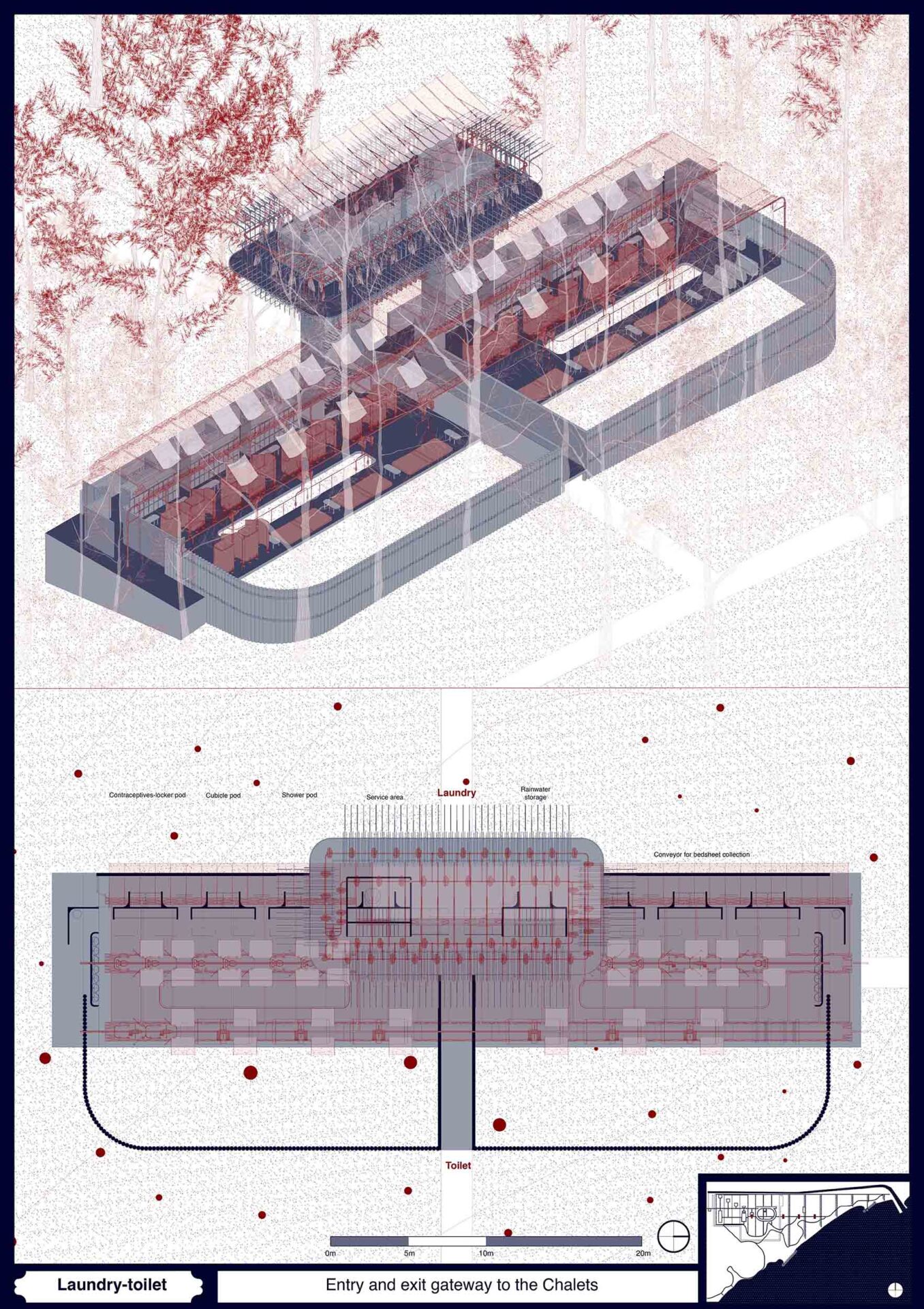
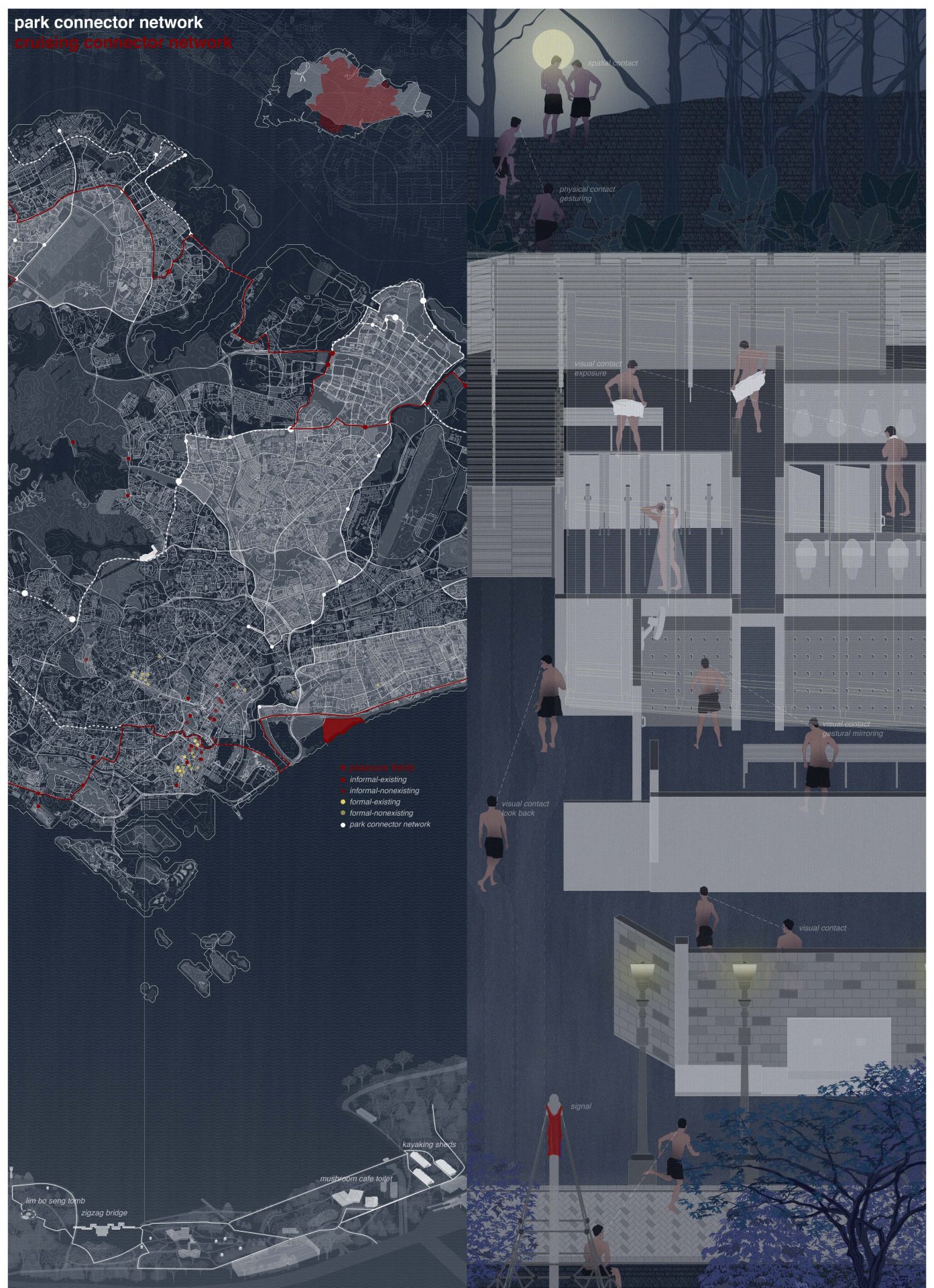
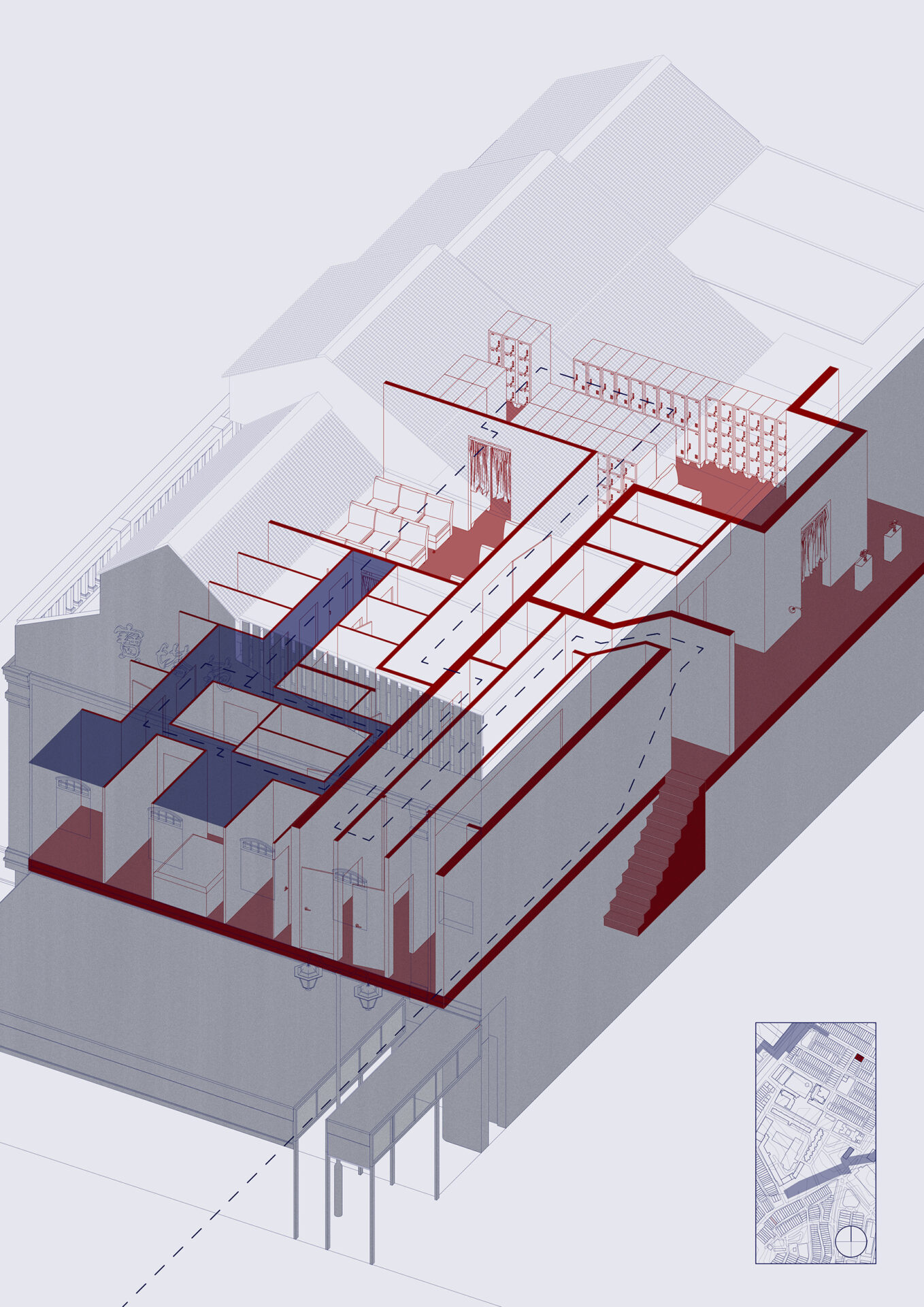
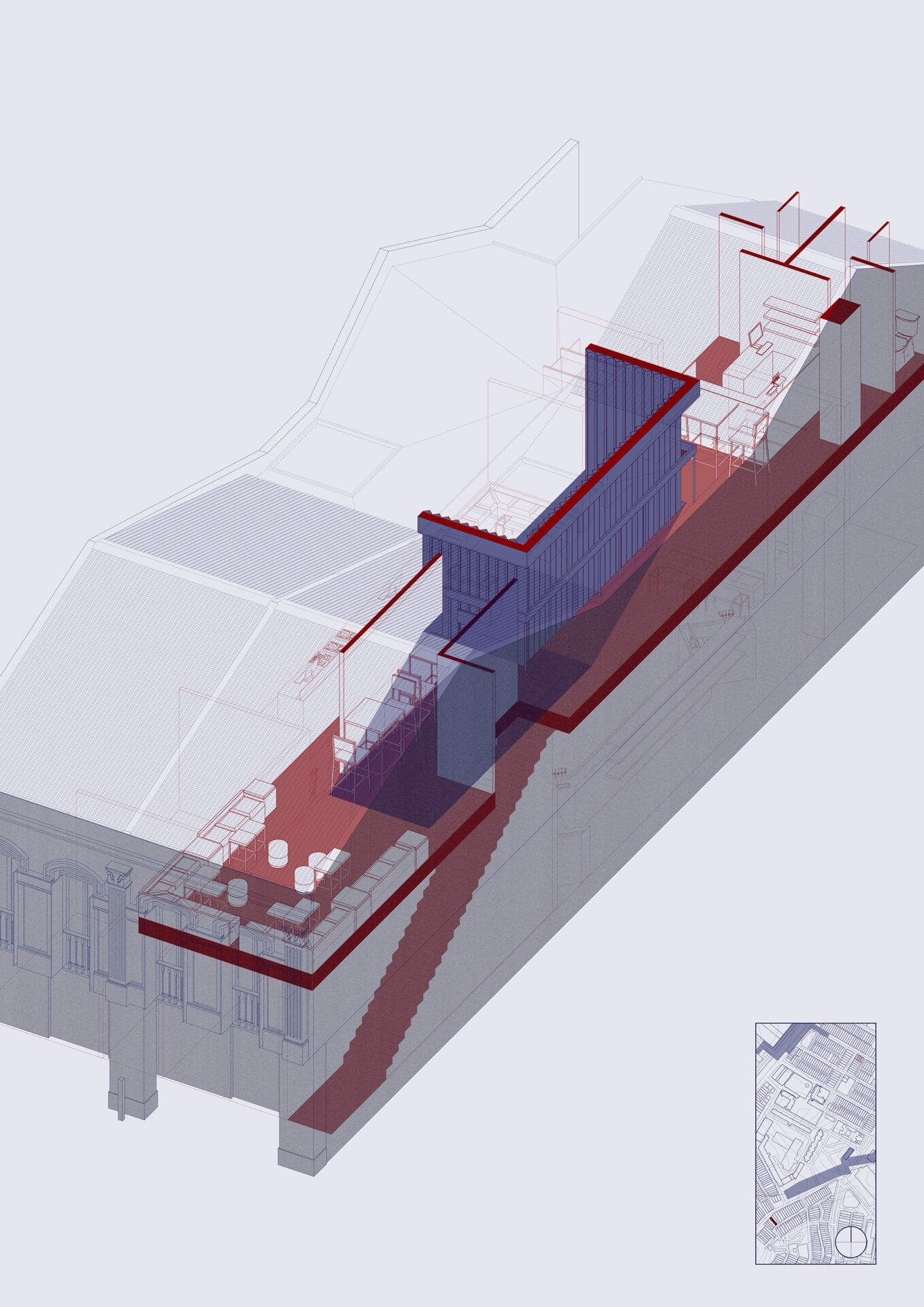
Supervisor's comments:
The Pleasure Field claims for a spatial and temporal existence of queer body, life and culture. Sited in Singapore where LGBT community was oppressed socially and politically, the project closely investigated the history of its resistance, culture and behavioural conducts, while, in turn, critically uncovering an ideology behind the life of the straight. A linear reclaimed land was modified to a park with zones for different users: from the family oriented to the gay couples, in a gradating manner. The towers for sightseeing in daytime turn to be a site for “cruising” at night. Portable bed-sheets carried by gay-couples, chalets assimilating HDB units, and a laundry facility are strategically distributed to evoke a sense of sameness and difference of gay’s and others’ lives. The project materializes a field that encourages mutual understanding for the multiple lives and cultures.
- Assoc. Prof. Tsuto Sakamoto